A Guide to the Wadi Al Aqeeq Madinah
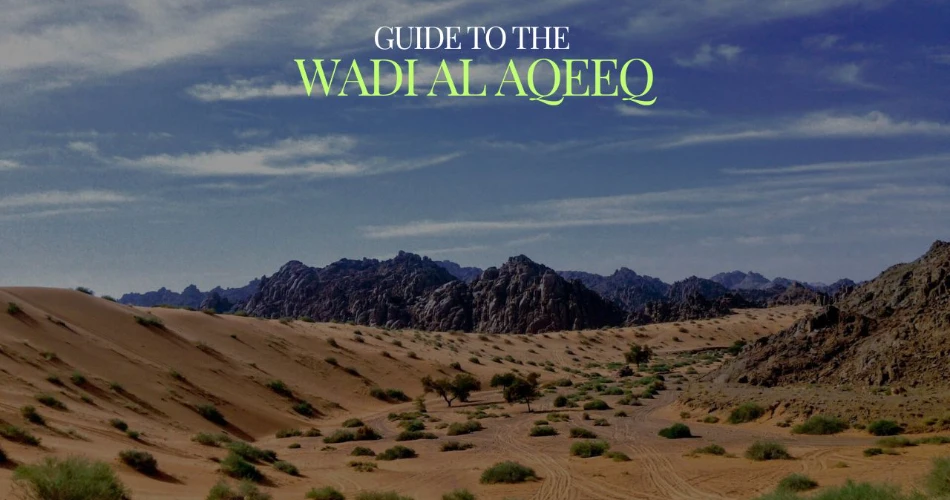
The city of Madinah is located east of the Al Hejaz Mountains, which are also known as Al Sarawat Mountains, stretching from Yemen to Jordan over a distance of two thousand kilometers. What further distinguishes the topography of Madinah is that it is located at the intersection of three valleys, Al Aql, Al Aqiq, and Al Himdh, on a level mountain plateau. Talking about Al Aqiq valley, it is one of Medina’s most well-known valleys, often spelled as Aqiq. It collects water from the Al-Naqi'e area, which is located more than 100 kilometers south of Medina, set on the Medina’s outskirts and reaches Mount Ayr. This section of the Aqiq Valley is given the name The Upper Aqiq. Moreover, one of the gates of Masjid Al Nabwi is also named after this valley (Bab al-Aqeeq), making it one of the most significant places to visit in Madinah.
Al Aqeeq plays an important part in Arabian history and was once a site of old trade and pilgrimage routes. There are several inscriptions found in the region which date from the 1st to 3rd century following the migration (Hijra) and are associated with early Islamic history. Flooding like a big river, and featuring an extensive collection of valleys with verdant farmland, historical landmarks like Bir Rumad, Qasr Urwah, Masjid Mu'aras, and more, this valley continues to be a significant source of tourism in Madinah.
So, are you planning to visit Wadi Al Aqeeq anytime soon? Don’t worry, we have got you covered. Below is the comprehensive guide covering all things an individual needs to know before visiting. Let’s get in!
History
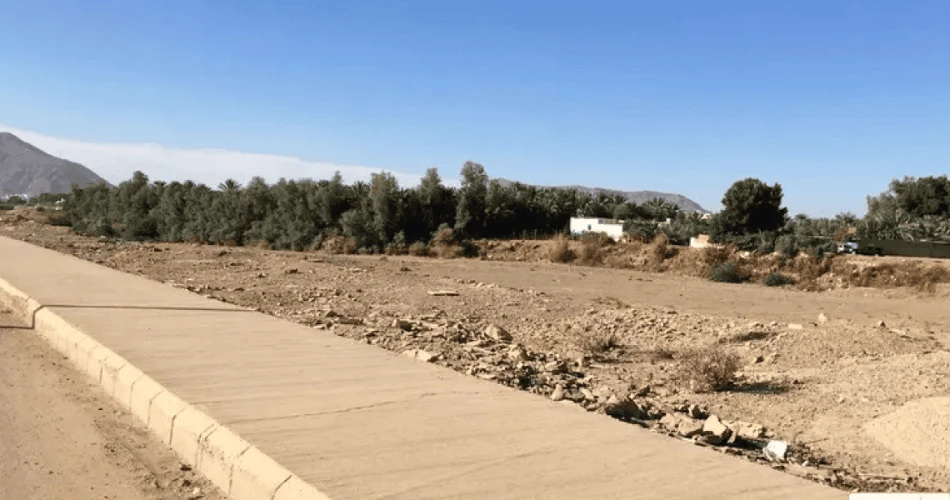
The word Al-Aqeeq translates to “Quartz” in Arabic, and the Holy Prophet (May Peace Be Upon Him) called it “The Blessed Valley.” Set along the ancient pilgrimage and trading routes, this valley bears immense importance in Arabian history.
Islamic history states that numerous structures, particularly during the Abbasid and Umayyad periods, were constructed on the Banks of Wadi Al-Aqeeq Madinah. Large homes, orchards, and farms were popular in the Wadi Al Aqeeq area at that time.
Moreover, Urwah bin Zubair (RA), as well as other family members and associates of Hazrat Muhammad (SAW), are claimed to have owned several palaces constructed in the valley. The Urwah Well is a well-known well in Madinah that was constructed on Wadi Al-Aqeeq to extract water from Jabal Eir to provide water to the local population.
Geography
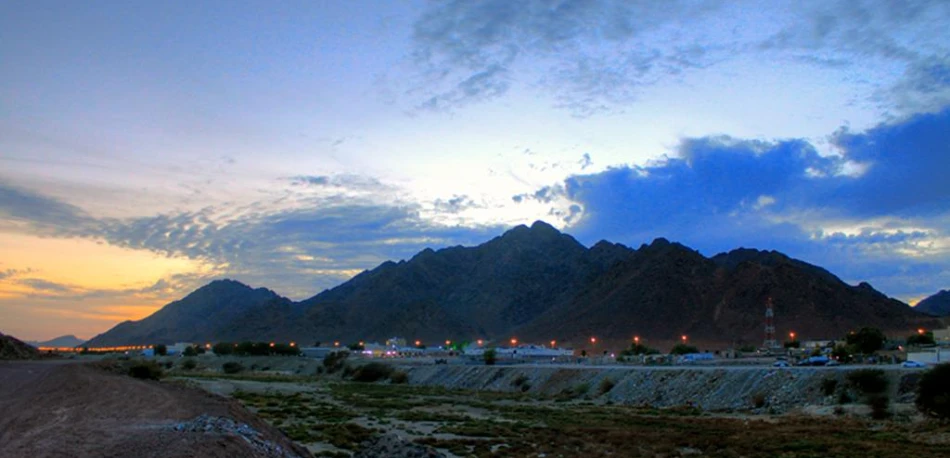
Wadi Al Aqeeq is set in the western part of Saudi Arabia, 30 kilometers south of the contemporary city of Madinah. It is considered the longest valley in the Hijaz region and also regarded as one of the most sacred regions of Islam. Wadi Al Aqeeq starts in Taif, passes through Madinah, and ends at the Sam Khulaly, which is set towards the north of Madinah. Moreover, it is located approximately 432.6 kilometers away from Makkah and is around 52 kilometers long overall.
Well-Known Landmarks near Wadi Al-Aqeeq
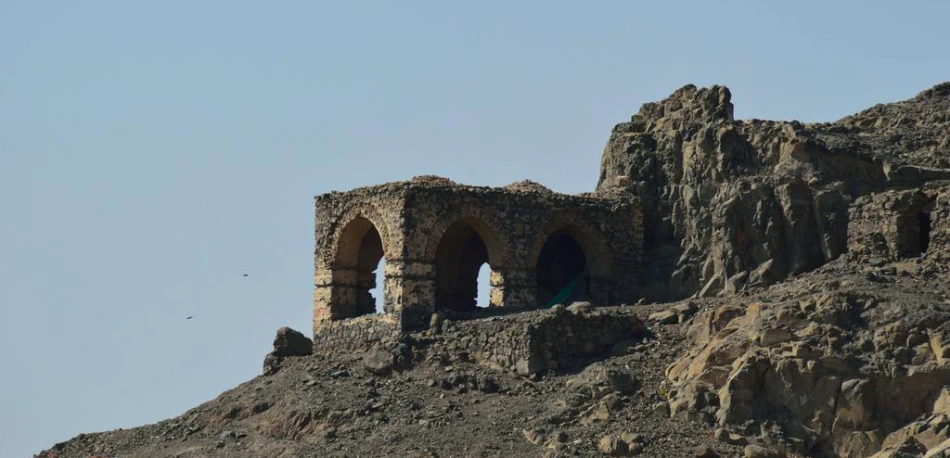
Encircled by Islamic history, various layers, Wadi Al Aqeeq is not just a valley; it’s a path through time. As you stroll through its serene paths, a few famous landmarks closely echo the Prophet’s life story. Let's explore them:
Miqat Dhul Hulaifah Masjid
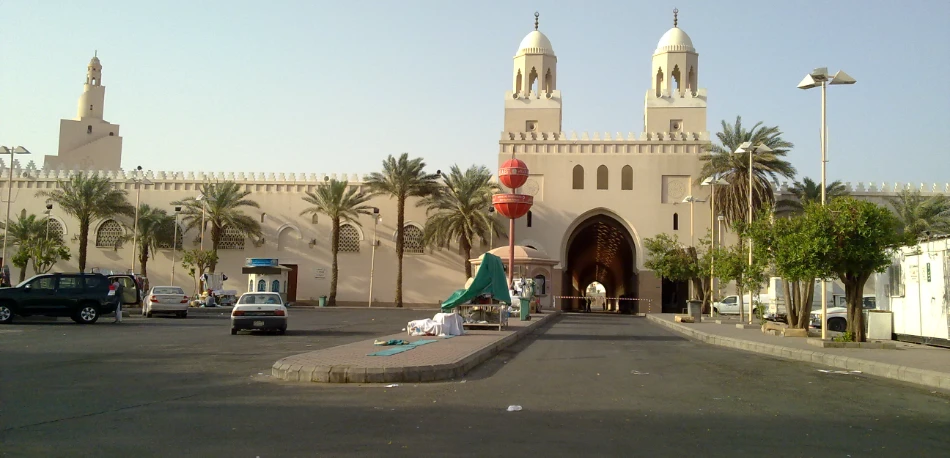
Miqat Dhul Hulaifah Masjid, also referred to as the Masjid Miqaat, is situated in Dhul Hulayfa, 12 kilometers from Masjid Al Nabwi, on the western side of the Al-Aqeeq Valley. It serves as a location where pilgrims put on their ihrams before departing for Mecca from Medina to conduct the Hajj or Umrah. It was initially constructed when Umar bin Abdul Aziz was the governor of Madinah from 706-712 CE, and it underwent multiple renovations until being finished by King Fahd bin Abdul Aziz, who served as the custodian of the 2 Holy Mosques. The current design of the mosque is the result of these renovations and rebuilds.
Jabal’Ayr
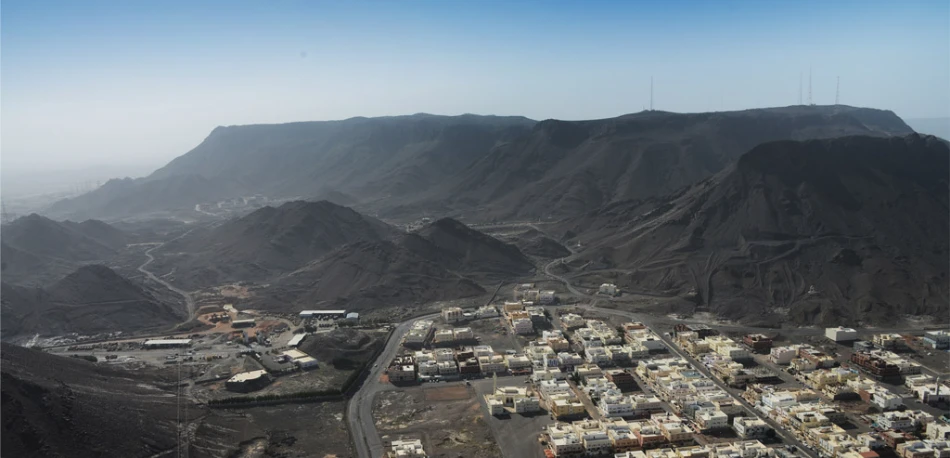
Jabal’Ayr is a mountain that is set 7 kilometers from Masjid Al Nabwi in the southwest of Madinah. Because of its likeness to donkey, it is called Ayr which means donkey/ass. At its peak, archeological remnants of several Ottoman-era defensive and military installations are still visible. The mountain is aligned east-west for its whole length, and it is also mentioned in a few Hadiths with varying opinions; in one, it is referred to as a "mountain from hell."
Qasr Urwah
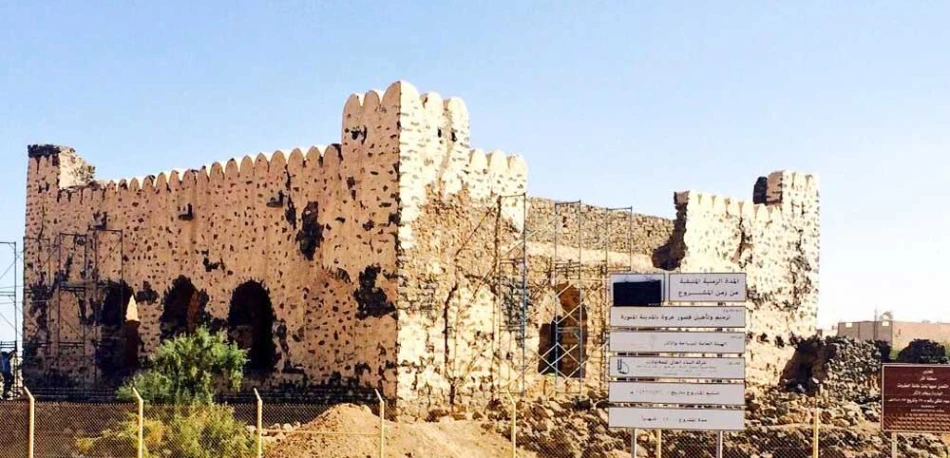
Also known as the Castle of Urwah ibn Zubair, Qasr Urwah is among the most prominent and well-preserved buildings in the Aqeeq Valley as well as one of the most popular attractions in Madinah. The fertile land of the valley was additionally good for farming and had multiple gardens. According to legend, Urwah bin Zubair bought a piece of land here belonging to Khawwat bin Jubair, turned it into a farm, and constructed a sizeable fort on it that is still standing today.
Castle of Sakeena And Other Landmarks
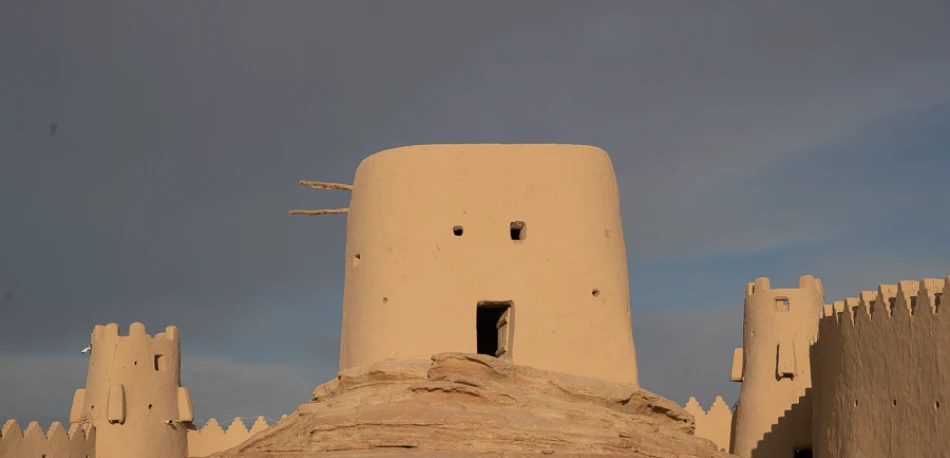
The valley is also home to the Castle of Sakeena who was the daughter of Hazrat Imam Hussein, the farms of Abu Hurairah, plus numerous other castles that were related to notable figures in the Islamic history, such as the associates of Hazrat Muhammad (SAW) including Saad Bin Abi Waqas, Saeed Bin al-Aas and Marwan Bin al-Hakam.
Bir Rumah
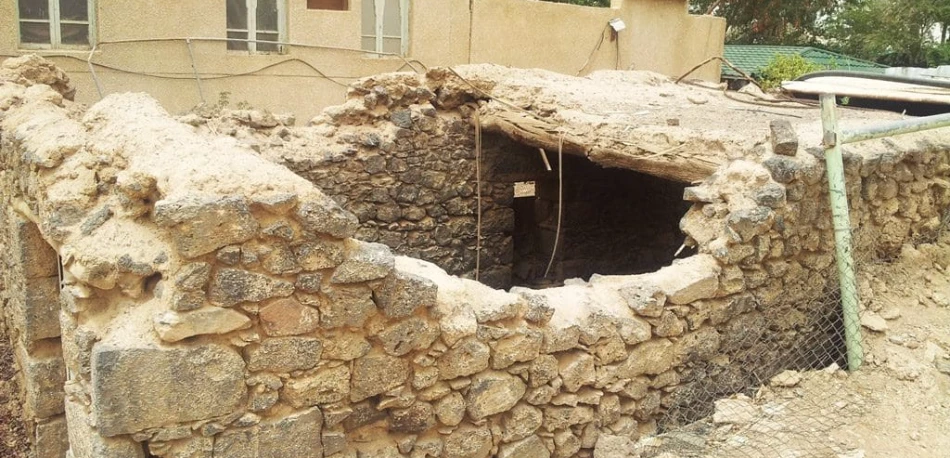
Uthman ibn Affan, who was the third Caliph of Islam, bought Bir Rumah, also known as the Well of Rumah, from a local Jew and turned it into a Waqf for everyone. The well is still operational to this day and serves as one of Madinah’s oldest water wells. It is now a part of the wider Uthman ibn Affan waqf, which also has a mosque and date groves. The old water well is positioned close to the farm’s northern boundary, while the larger and more recent water well is located towards the southern end of the date farm, north of the Bir Uthamn Mosque.
Masjid Mu'aras
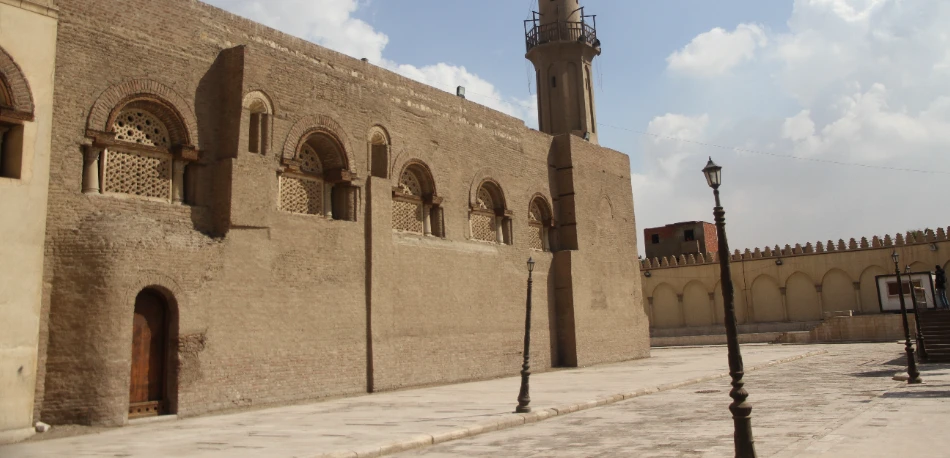
Located next to the Masjid Meeqat in Dhul Hulaifah, the Mu'aras Mosque was a modest, medieval mosque. According to Islamic history, it was constructed on the site where the Holy Prophet (PBUH) once spent the night before returning to Makkah. Today, only a raised platform that marks the site of the mosque's former position is left.




